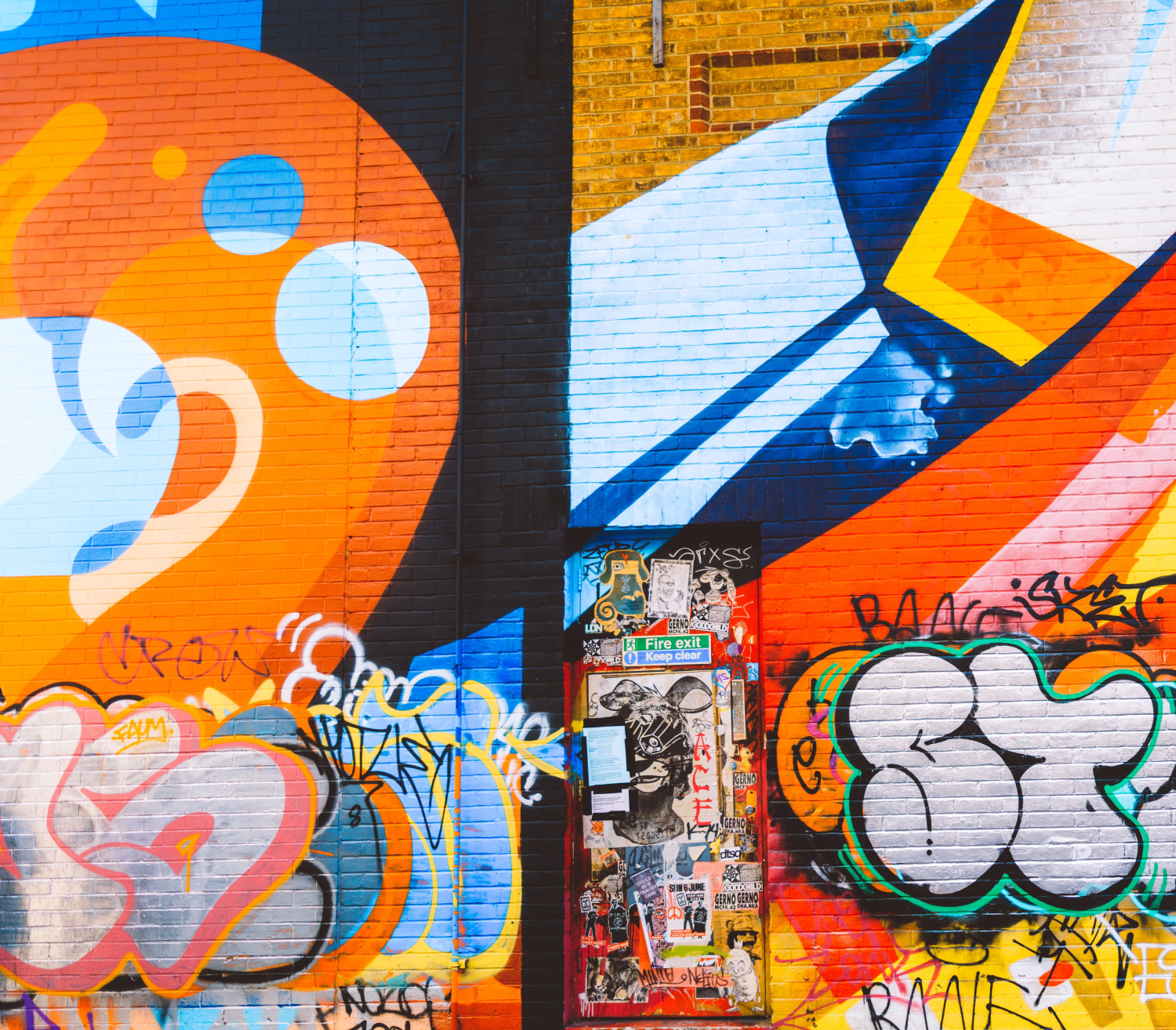Graffiti, once considered a form of urban vandalism, has evolved into a dynamic art movement that influences culture, challenges norms, and shapes the visual identity of cities worldwide. This blog post delves into the multifaceted world of graffiti, exploring its history, cultural significance, and the ongoing debate surrounding its legality and artistic value.
- “Spray Can Chronicles: A Brief History of Graffiti Art” This blog post could take readers on a journey through the history of graffiti, from its roots in ancient civilizations to its emergence as a prominent art form in the modern era. Explore the transition from simple tags to intricate murals, highlighting iconic graffiti artists and pivotal moments that propelled graffiti onto the global stage. Discuss how graffiti has been used to express social and political messages, often serving as a powerful voice for marginalized communities.
- “Beyond the Surface: The Artistic Techniques of Graffiti” Dive into the artistic techniques and styles that define graffiti. Explore the use of stencils, wildstyle lettering, characters, and the fusion of traditional art forms with graffiti. Showcase famous graffiti pieces that have gained recognition for their creativity and innovation. Discuss the role of color, scale, and composition in creating impactful graffiti artworks that captivate viewers and transform urban landscapes.
- “Graffiti as Urban Revitalization: Beautifying Communities through Art” This blog post could shed light on the transformative power of graffiti in revitalizing neglected urban spaces. Discuss how cities are embracing graffiti as a tool for urban beautification and community engagement. Highlight successful initiatives and projects where local artists collaborate to create vibrant murals that breathe new life into once-forgotten areas. Examine the positive effects of graffiti in fostering a sense of pride, reducing vandalism, and attracting tourism.
- “Graffiti’s Legal and Ethical Dimensions: Art vs. Vandalism” Engage readers in the ongoing debate about the legality and ethics of graffiti. Explore the fine line between artistic expression and vandalism, and examine how perceptions of graffiti have shifted over time. Discuss the challenges that artists and communities face when determining where to draw the line between preserving public spaces and embracing creative freedom. Consider the role of public art policies and designated graffiti zones in addressing these issues.
Graffiti transcends its origins as mere illicit markings to become a cultural force that influences art, design, and urban landscapes. By delving into its rich history, artistic techniques, community impact, and legal considerations, we gain a deeper appreciation for graffiti’s complex role in shaping the visual tapestry of our cities.



